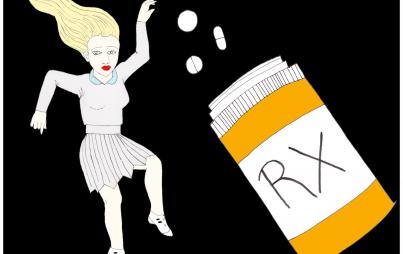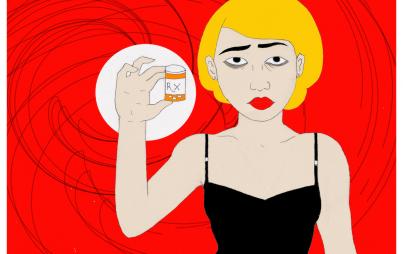
A&E's smash hit Intervention didn't gain such a popular and loyal following for nothing. Many addiction treatment programs have a soap opera quality to them, replete with dark pasts (substance abuse), a painful choice ("It's us or the drugs"), and a suspenseful cliffhanger ("Even if it works . . . how long will it last?").
While traditional treatment methods—including the most ubiquitous organization, AA—have proven beneficial to millions, it should come as no surprise that they don't work for everyone. AA data is by nature difficult to analyze, but one 1992 survey, for example, pegged the five-year sobriety success rate at just 35%.
Here's how AA works—and why one treatment program is seeking to turn this established model on its head.
The History of AA: Bill, Bob and Jesus
Back in 1935, businessman Bill Wilson and doctor Bob Smith were hitting the bottle too hard in Akron, Ohio. After "Bill W" and "Dr. Bob" (as they have now been immortalized) met, Bill sobered up with the help of his Christian faith and inspired Bob with his addiction-kicking journey. The two published a book titled Alcoholics Anonymous, outlining what would become a household phrase: the 12-step method.
Wilson and Smith's original meetings grew into the organization Alcoholics Anonymous, which focused on arranging supportive gatherings among alcoholics. These shindigs weren't just designed to address evolving sobriety; they sought to treat deeper issues and serve as a sort of therapy for those in need. Privacy is a crucial aspect of the organization's workings. It's notable, for instance, that no psychologists or other therapists are allowed into meetings unless they themselves suffer from addiction.
While AA has stacked up OK in some studies against other rehabilitation techniques such as cognitive-behavioral therapy and motivational enhancement therapy, it's faced its fair share of detractors. Criticisms range from its spirituality-based methodology to its treatment of alcoholism as a chronic condition. While solid data is hard to come by, stats like a 40% dropout rate within the first year suggest there may be other, better paths for some. So just what else is out there for those hoping to recover?
The Future of Substance Abuse Treatment
The Center for Motivation and Change, also known as C.M.C., is one organization looking to challenge the addiction-therapy paradigm. Located in New York City, with an inpatient program in the Berkshire Mountains, it is developing new ways to help addicts looking for a solution. By blending different techniques such as the aforementioned cognitive behavioral and motivational enhancement therapies, it hopes to create a sustainable change in addict behavior through more gradual life changes. At its Berkshire location, patients undergo neuropsychological screening and psychotherapy, and participate in individual sessions with personal trainers, nutritionists, and meditation and yoga instructors.
C.M.C. calls positive motivation the cornerstone of its therapeutic methods. Rather than enforcing a rigid step- and faith-based program, it embraces personalized approaches like motivational interviewing, which supports change in a manner specific to a patient's personal values and concerns. Families are also provided with positive reinforcement strategies through a program called Community Reinforcement and Family Training (CRAFT).
A study conducted at University of Aarhus, Denmark revealed that employing these kinds of motivational techniques can have a significant impact on outcome:
Meta-analysis showed a significant effect (95% confidence interval) for motivational interviewing for combined effect estimates for body mass index, total blood cholesterol, systolic blood pressure, blood alcohol concentration and standard ethanol content.
While some of the center's techniques have yet to be embraced by mainstream therapists, awareness of such tactics is growing every day. Traditional methods of substance abuse treatment have no doubt saved countless lives. But it's also hard to argue that for some, there are better options. And that's something worth toasting (a soda) to.
Image: ThinkStock






